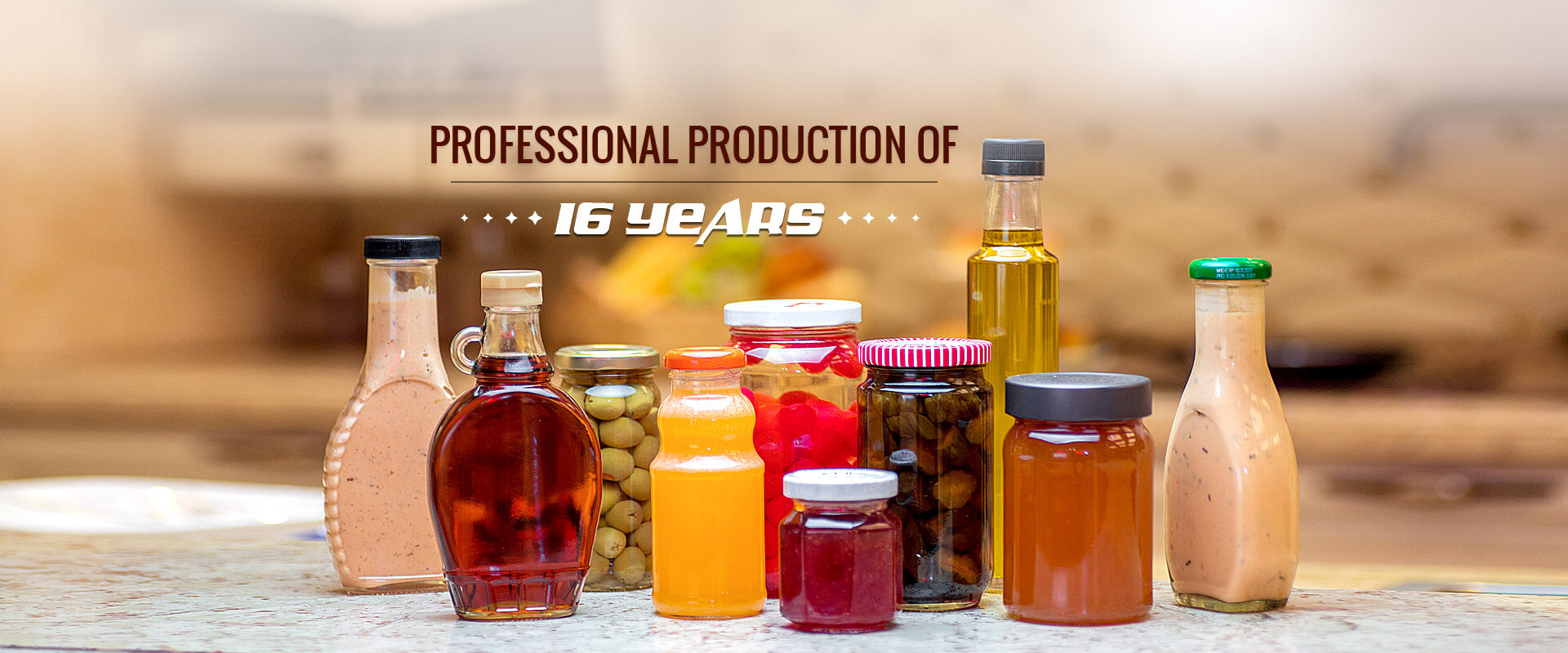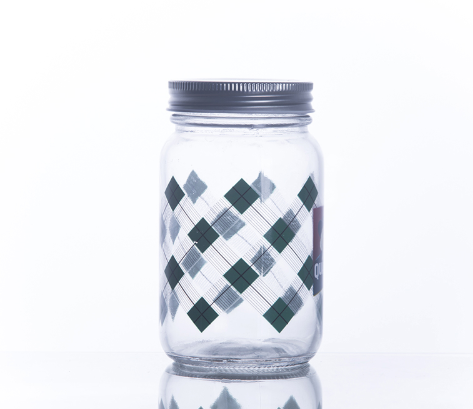
What are the production techniques and ingredients of glass bottles such as Fruit Lemonade Sauce Bottle? The following is the general manager of Jiangsu Linyi Glass Products Co., Ltd., who will give you a detailed explanation.
(1) Ingredients, according to the designed bill of materials, weigh the various raw materials and mix them evenly in a blender. The primary raw materials for glass are: quartz sand, limestone, feldspar, soda ash, boric acid, and the like.
(2) Melting, heating the prepared raw materials by high temperature to form a uniform bubble-free glass liquid. This is a very messy process of physical and chemical reactions. The melting of the glass takes place in the furnace. There are two main types of melting furnaces: one is a kiln, and the glass is contained in the crucible and heated outside the crucible. The small kiln has only one raft, and the big one can have up to 20 rafts. The kiln is produced by the gap type. Now only the optical glass and the color glass are produced in the kiln. The other is a pool kiln in which the frit is melted and the open flame is heated on the upper side of the glass. The melting temperature of glass is mostly between 1300 and 1600 ゚C. Most are heated by flames, and a few are heated by electric current, called electric melting furnaces. Now, the pool kiln is produced continuously. The small pool kiln can be several meters, and the large one can be as large as 400 meters.

(3) Forming is the conversion of a molten glass liquid into a solid product having a fixed shape. Forming needs to be carried out within a certain temperature range. This is a cooling process. The glass is first transformed from a viscous liquid state to a plastic state, and then converted into a brittle solid state. The forming method can be divided into two major categories: manual forming and mechanical forming.
A. Artificial forming. There is also a "blowing", using a nickel-chromium alloy blowpipe, picking a glass of glass in the mold while blowing. It is mainly used to form glass bubbles such as Mason Jelly Jar, bottles, balls (for ophthalmic lenses) and the like. "Pull", after blowing into small bubbles, another worker stuck with the top plate, and the two people used to blow the edge to make the glass tube or rod. "Restriction", pick a glass, cut it with scissors, drop it into the die, and press it with the punch. It is mainly used to form cups, plates, etc. "Free form", after picking up materials, use pliers, scissors, tweezers and other things directly into the crafts.
B. Mechanical forming. Because the manual forming is labor intensive, high in temperature, and poor in condition, most of it has been replaced by mechanical forming except for self-forming. In addition to restriction, blowing, and drawing, glass bottle manufacturers also have a calendering method for producing thick flat glass, engraved glass, and wire glass; casting method, producing optical glass; centrifugal casting method, It is used to make large diameter glass tubes, vessels and large-capacity reaction pots. This is to inject the glass melt into a mold that rotates at a high speed because the centrifugal force causes the glass to adhere to the mold wall, and the rotation continues until the glass hardens to stop; the sintering method is used to produce the foam glass. It is a kind of good heat insulation and sound insulation material by adding a foaming agent to the glass powder and heating it in a covered metal mold. The glass forms many closed bubbles during the heating process. In addition, the flat glass is formed by a straight direct drawing method, a flat drawing method, and a float method. The float method is a method in which the glass flow floats on the surface of the molten metal (tin) to form a flat glass. The primary advantage is that the glass is high in quality (flat, bright), the drawing speed is fast, and the yield is large.
(4) Annealing, the glass undergoes severe temperature changes and shape changes during the forming process, and this change leaves thermal stress in the glass. This thermal stress reduces the strength and thermal stability of the glass article. If it is directly cooled, it is likely to break itself during the cooling process or in the future registration, transportation and use process (commonly known as the cold explosion of glass). In order to eliminate the cold explosion phenomenon, it is necessary to anneal the glass article after forming. Annealing is to keep warm or slowly cool for a period of time to eliminate or reduce the thermal stress in the glass to the acceptable value.